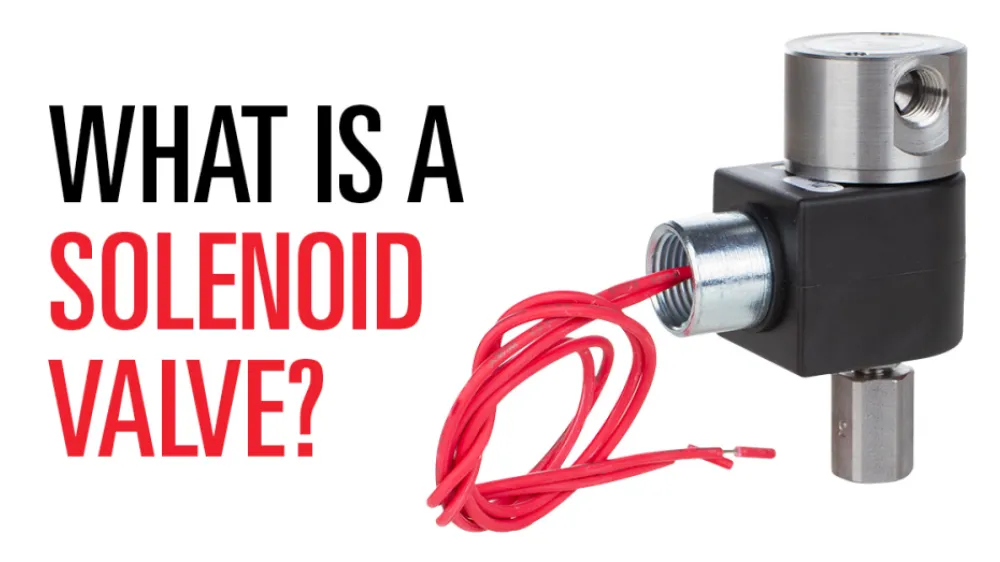
A “solenoid valve” refers to a valve that is controlled by a solenoid. The action of a solenoid is on/off or snap acting.
In order to operate, the solenoid must receive an electric current from a switch. The current magnetizes the coil, moving the plunger in the solenoid and sending a pneumatic signal to the pneumatic actuator of the valve. When you stop the current, the signal stops and the actuator returns to the opposite position (open or closed).
How Does a Solenoid Valve Work?
Engineers employ solenoids in a variety of oil and gas applications as well as in cars, boats, and even home appliances. A solenoid is very simply a coil of wire wrapped around a plunger.
When you introduce an electric current to the coiled wire, it creates an electromagnetic field. In other words, when you switch it on, the solenoid becomes a magnet. When this happens, the plunger actuates, opening an orifice and allowing media such as gas or air to move through. When you switch it off, it stops being magnetic and the orifice closes.
Where Would I Want to Use a Solenoid?
Every valve needs a power source in order to operate and provide control. For a control valve, this power source may be a solenoid, pressure pilot, or, if you have an electric actuator, an electric pilot.
A “solenoid valve” refers to a valve controlled by a solenoid.
For further questions about solenoids or other oil and gas control equipment, contact your local Kimray store of authorized distributor.








































